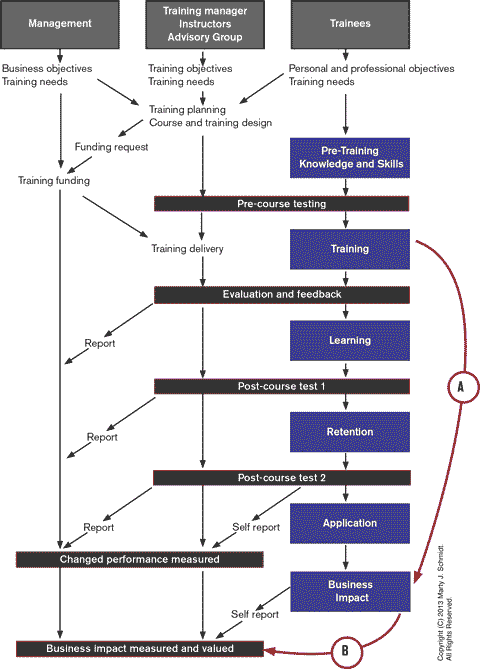How to Analyse a Balance Sheet and Assess the Investment Value of the Company – Part I
Post on: 2 Июнь, 2015 No Comment

As an investor, you will be able to select companies worth investing only if you are able to understand the fundamentals of those companies. The fundamental factors are considered by experienced financial advisors, expert fund managers and knowledgeable investors as crucial in determining the financial health of a company. However, it will be very difficult for an average investor to understand or analyze the fundamental factors without developing a fair amount of basic knowledge about them. The major fundamental factors are listed below based on which investors can take decision to invest on a particular company.
- Financial Statements
- Overall Company Health
- Company Top Management
- Competitive Advantages Enjoyed by the Company
- Competitors
- Markets and Their Potential
- Industry
- Economies of Countries of Operation
- Global Economic Trend
- Taxation Policies and Interest Rates in Countries of Operation
www.investopedia.com/terms/f/fundamentals.asp#axzz1mRDlwloZ)
All the above factors directly affect the growth of any company. However, the most important among them are the periodical financial statements of the company. The financial statements usually comprise of three major components, namely 1) the balance sheet, 2) the profit & loss account (termed as Income Statement in U.S.) and 3) cash flow statement. Unless you are able to analyze these financial statements and arrive at informed conclusions, you will not be able to select the right companies or shares for profitable investments. In this article, we will be explaining the intricacies of a balance sheet.
Accessing a Balance Sheet
Before understanding the basics of balance sheet of a company, you should know how you can access it first. If you visit the website of the company, you will find a section named ‘Investor Relations’. If you click on that, you will come across a sub-section ‘Financial Statements’. This sub-section will have quarterly, half-yearly and annual reports. You can download any or all of them in PDF format and view them at leisure. Many organizations also list balance sheets and profit & loss accounts separately. However, the quarterly, half-yearly and annual reports are ideal place to access the balance sheet and other financial statements of the company, since you can view all the financial details of the company as well as the statements and projections of the company management in one place in the reports. You can also access these reports from websites of regulatory authorities like BSE and NSE. as well as financial data providers like Yahoo India Finance. Rediff Money. etc. Still, it is better to download the reports directly from the company website for 100% authenticity.
Understanding the Basics of a Balance Sheet
A balance sheet is what it appears to mean, totals of two sides of figures balancing exactly. In any balance sheet, the assets of the company are listed out on one side and its liabilities are listed on the other side. The assets of the company includes several items like land and buildings, plant and machinery, other tangible and intangible items owned by the company, inventory, goods-in-process, cash, accounts receivable, etc. The liabilities of the company consist of owners’ equity or shareholders’ equity, accounts payable, long-term debts, short-term loans, accrued expenses, etc. However, many financial analysts separate shareholders’ equity from liabilities and express equity as the difference between assets and liabilities. This classification is particularly applicable for small business entities that have not issued shares to general public. As such, we can say in general that assets = liabilities + shareholders’ equity.
The formats of the balance sheets of public business entities are governed by International Accounting Standards Board (IASB), even though most companies follow the general formats specific to the countries in which they have their headquarters. The standards set by IASB are based on internationally accepted financial reporting standards and they are known as International Financial Reporting Standards (IFRS). Majority of public limited organizations adhere to IFRS regulations while reporting their financials.
A model Balance Sheet is furnished below, even though all possible types of assets, liabilities and equity are not mentioned in it. The types of accounts in a balance sheet will vary from one company to another and one industry to another. Further, the actual monetary values have not been included and hence the columns for these values and the rows for totals have been omitted from the model balance sheet.














